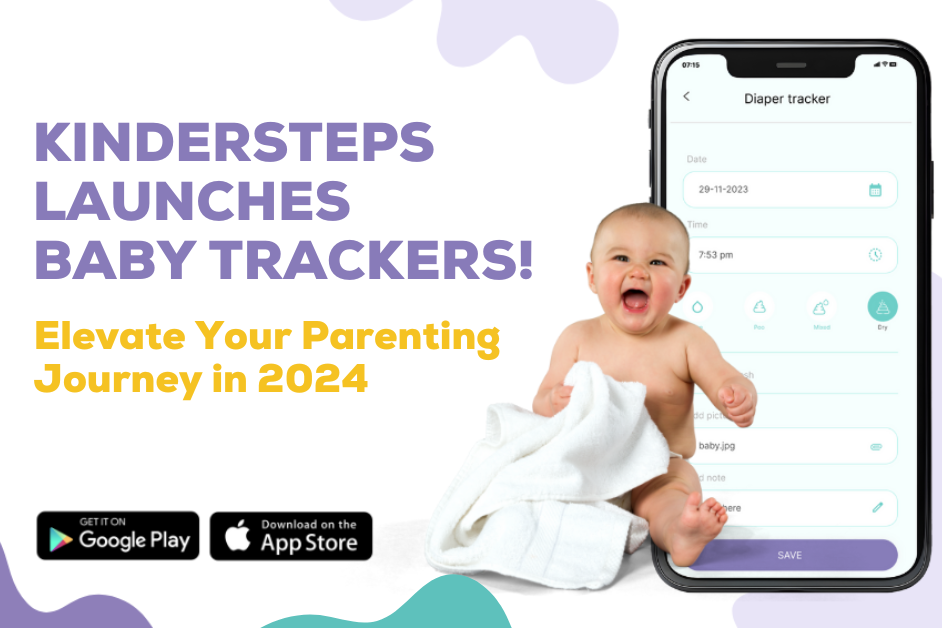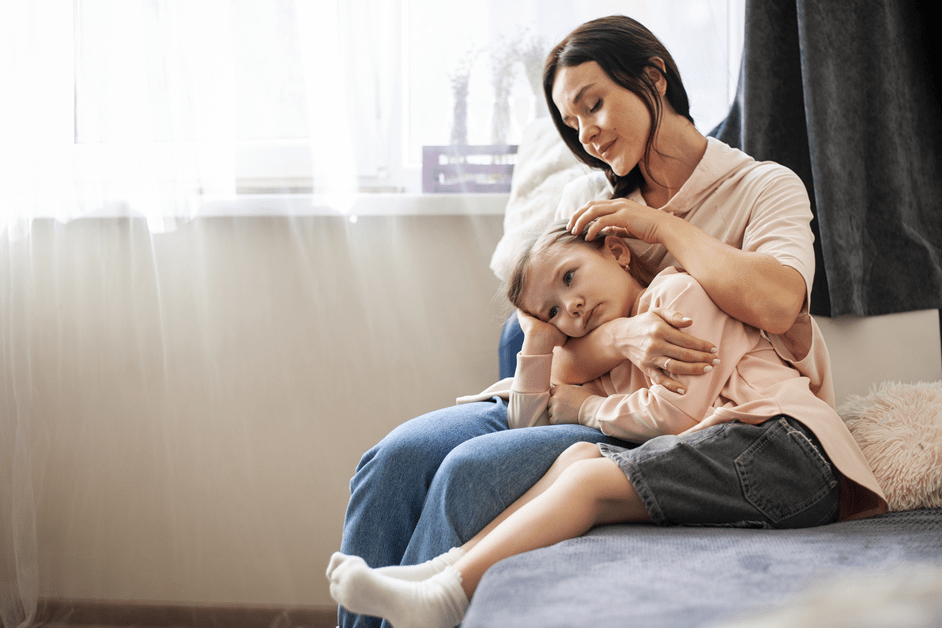In this article, we'll go over what these conditions are, their causes, symptoms, and treatments, and how you as a parent can help your child overcome these challenges.
All you need to know about hypertonia and hypotonia
As a parent, it can be concerning when you notice that your child's movements or muscle tone seem abnormal. Two conditions that may cause these symptoms are hypertonia and hypotonia. Hypertonia is characterised by increased muscle tone, while hypotonia is characterised by decreased muscle tone.
Hypertonia, also known as spasticity, is a condition that occurs when there is too much tension in the muscles, which can make them stiff and rigid. This condition can be caused by damage to the brain or spinal cord, cerebral palsy, or other neurological disorders.
Causes of hypertonia in babies
The symptoms of hypertonia can vary depending on the severity of the condition. Children with hypertonia may have:
Hypotonia, on the other hand, also known as low muscle tone, is a condition that occurs when there is too little tension in the muscles, which can make them feel floppy or weak. It can also be inherited or developed as a result of a genetic condition such as Down syndrome.
- Decreased range of motion.
- Difficulty in moving their arms, legs, or neck.
- Limited joint movement and flexibility.
- Throbbing pain or soreness in their muscles.
- Involuntary muscle twitching or jerking (myoclonus).
- Abnormal posture.
- Difficulty with fine motor skills such as sitting, crawling, and walking.
Hypotonia, on the other hand, also known as low muscle tone, is a condition that occurs when there is too little tension in the muscles, which can make them feel floppy or weak. It can also be inherited or developed as a result of a genetic condition such as Down syndrome.
Causes of hypotonia in babies
The symptoms of hypotonia can vary depending on the severity of the condition. Some common signs of hypotonia include:
Treatment for hypertonia and hypotonia
- Weak or floppy muscles.
- Difficulty with gross motor skills such as sitting, crawling, and walking.
- Poor posture.
- Difficulty with coordination.
- Difficulty with fine motor skills such as grasping objects.
- Fatigue with minimal activity.
- Speech delays and feeding difficulties.
When it comes to treating hypertonia and hypotonia, there are a few different options that parents can consider:
- Physical therapy is a common treatment that can help improve muscle strength and range of motion in children. Speaking of hypertonia, this can lead to better posture, balance, and overall physical functioning. In terms of hypotonia, this can make things like sitting up straight, walking, and running easier.
- Occupational therapy is another option that can be helpful in teaching children new skills to improve their independence. This might include activities like dressing, eating, and playing.
- Speech therapy can also be beneficial for children. It can help them improve their communication skills and become more confident in expressing themselves. By working with a team of professionals, parents can help their children overcome the challenges of hypertonia and hypotonia and thrive in their everyday lives.
- Parents and caregivers can also help their children by;
Hypertonia and hypotonia are two conditions that can affect a child's ability to move and develop properly. If you're a parent, it's important to be aware of these conditions and to seek help if you think your child may be affected.
The Kindersteps parenting app can help parents stay updated on their child's development and provide support when it's needed. The app includes a range of features and over 1500+ daily recommended activities that can help parents monitor their child's developmental progress. The app also includes a range of articles and resources that can help parents and caregivers stay up-to-date with latest parenting tips and informative articles. Download the app today and start supporting your child's development!




.jpg?alt=media&token=166b64a9-274c-400c-95e4-baf0013e7e43)


